Red velvet suit, white fur trim, tall black boots, cozy (if not indulgent) pom-pom hat. Santa Claus’ uniform may have some variations, from Tim Allen’s off-duty outfits in “The Santa Clause” as he slowly transforms into the legendary gift-giver, to The Plastics’ spaghetti-strap-dress versions in “Mean Girls,” but his signature look is ingrained in pop culture and popular imagination older than anyone living today.
His dress codes ensure uniformity across mall Santas around the US, with aspects that are seemingly non-negotiable, despite the fact that he’s — spoiler alert — not real. A Santa Claus wearing a dark green suit at Bloomingdale’s for the department store’s “Wicked” partnership made tabloid headlines as the latest attempt to spark holiday outrage. One mom told the New York Post of the promotion: “Not everything needs to be changed or challenged… Green Santa is stupid. Hard pass.”
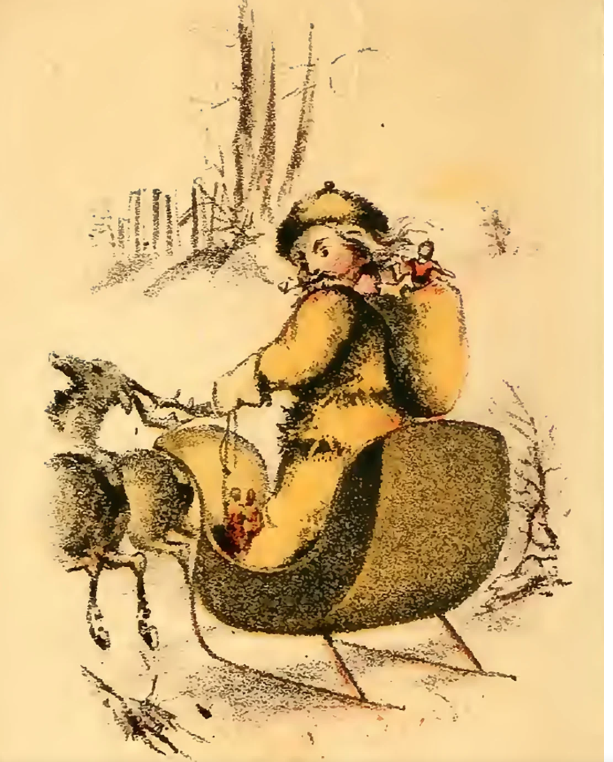
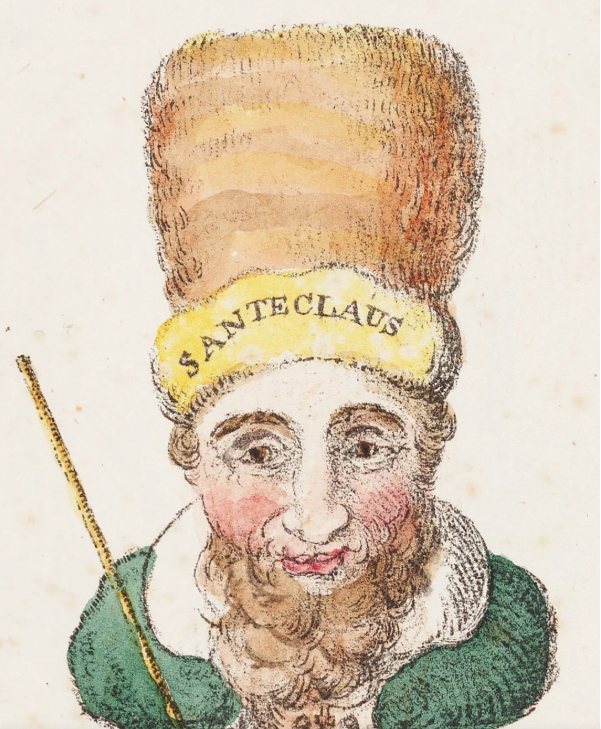
But Santa didn’t always wear red, and in fact, his outfits, appearance and height took nearly a century to become the iconic character we recognize today. His predecessors include the early Christian bishop St. Nicholas and his Dutch equivalent Sinterklaas; the hooded French patriarch Père Noël; and the German gift-bestowing baby Jesus, Christkindl (which, stateside, led to the mispronounced nickname Kris Kringle), among many others. But the Americanized Santa first began taking shape in the 1820s and kept evolving through poetry, editorial illustrations and advertisements.
Santa’s key features — a bearded, fur-wearing man pulled by reindeers on a sleigh — became canon thanks to the Clement Clarke Moore poem “A Visit from St. Nicholas” (also known as “‘Twas the Night Before Christmas”) in 1823, as well as a lesser-credited anonymous poem that preceded it in 1821 that named him “Santeclaus.” But everything else he wore was subject to interpretation.
“The 19th century was the time in which the arguments about what Santa looked like and what he wore were quite prominent,” said historian Gerry Bowler, author of “Santa Claus: A Biography,” in a phone interview. “It took about 80 years for American artists to settle on Santa’s outfit. Up to that time you could have put them in any color, in all kinds of robes and variations of it.”
Santa’s different looks
Some early interpretations of Moore’s vision show the jolly holiday intruder as a small and sly elfish peddler of goods who could more believably fit inside a chimney: An 1864 illustrated version of the poem dresses St. Nicholas, who traditionally wears Bishop garments, in a yellow suit and fur cap, as well as an oil painting in 1837, which shows him in a fur-lined red cape. But others played loose with his look: a P.T. Barnum advertisement from 1850 promoting the singer Jenny Lind shows him as a beardless Revolutionary War-era figure, while a 1902 cover for L. Frank Baum’s “The Life and Adventures of Santa Claus” puts him in a dark frock with animal print fur trim and flamboyant red boots.
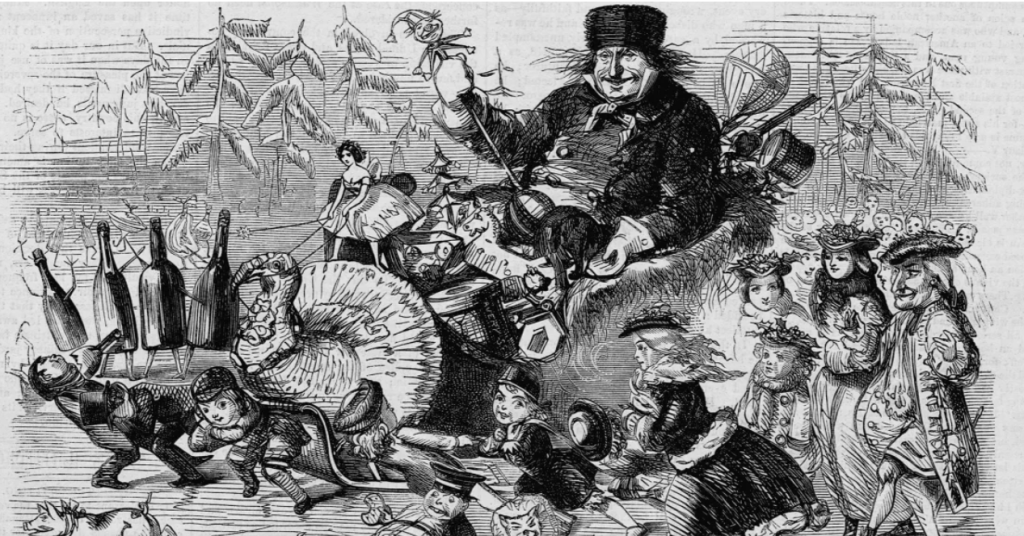
Thomas Nast, the Harper’s Weekly cartoonist who gave us donkeys for Democrats and elephants for Republicans, played an instrumental role in envisioning Santa. He first drew him in 1863, during the Civil War, wearing stars and stripes as he handed out presents to Union Army soldiers. But the artist’s but most enduring image from 1881 is a version of him in a buckled red suit, nearly indistinguishable from today — though the political messaging to support military wages has been lost over time, according to the Smithsonian. He was followed by artists Norman Rockwell and J.C. Leyendecker, who routinely drew a wholesome Santa in his now iconic suit for The Saturday Evening Post in the early 20th century.
“When you’ve got Santa in red and white fur trim on the cover of mass market magazines, it pretty much nails it down,” Bowler said.
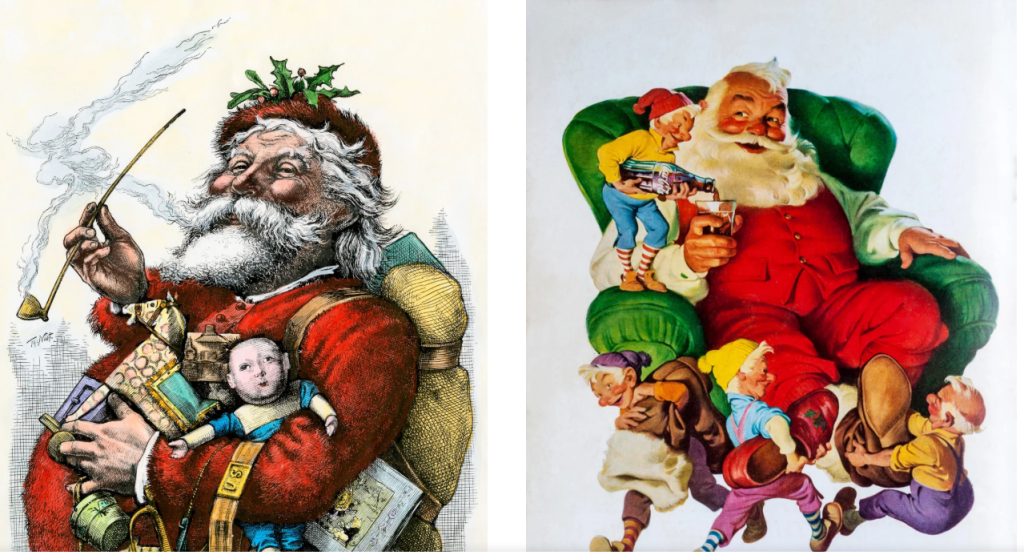
These artists’ formative drawings are often overshadowed by Coca-Cola’s long-running holiday campaigns, illustrated by Haddon Sundblom, which began in 1931 and have become synonymous with Santa’s look. Red-cheeked and Rubenesque, Sundblom’s version of Santa, originally based on a retired salesman who happened to be the illustrator’s friend, became wildly popular, and endures today.
“I think most people (believe) that Coke had something to do with the establishment of Santa’s red and white costume…you certainly see that all over the internet,” Bowler said. “But it’s not true. Santa’s iconic costume had been (determined) decades before.”

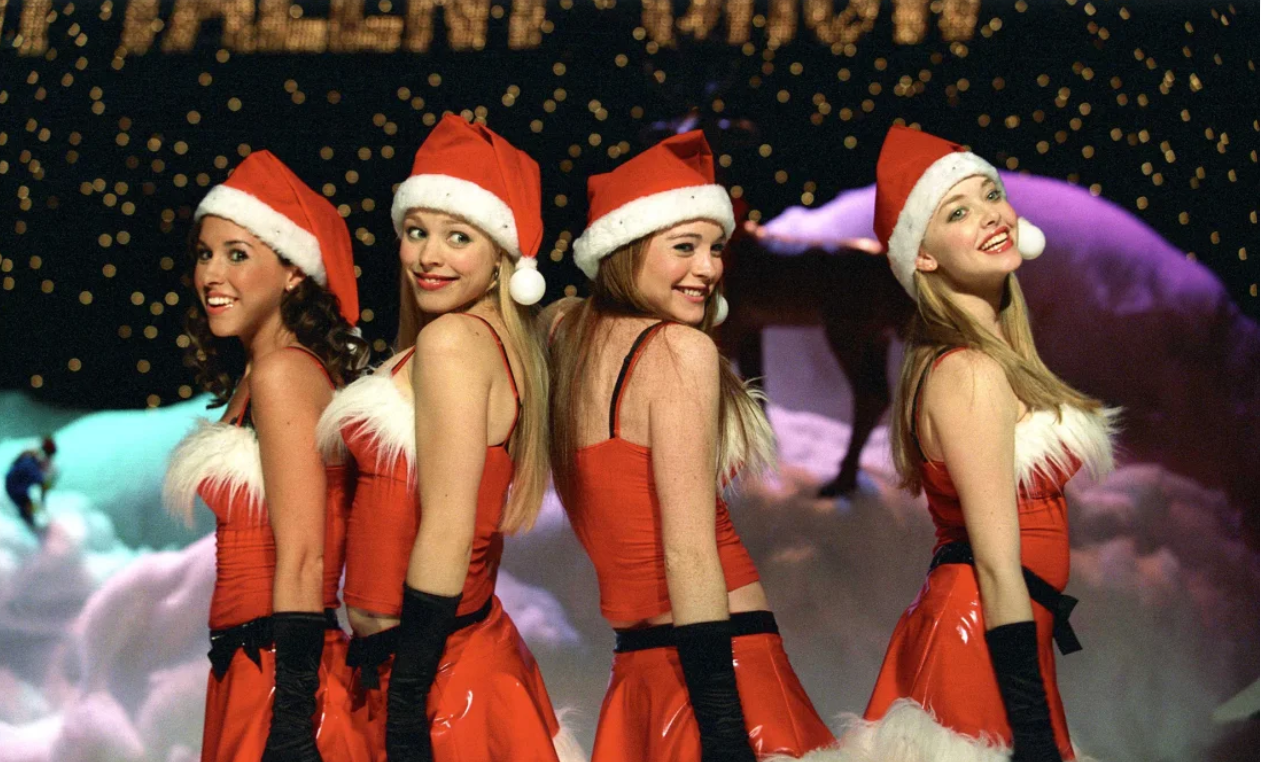
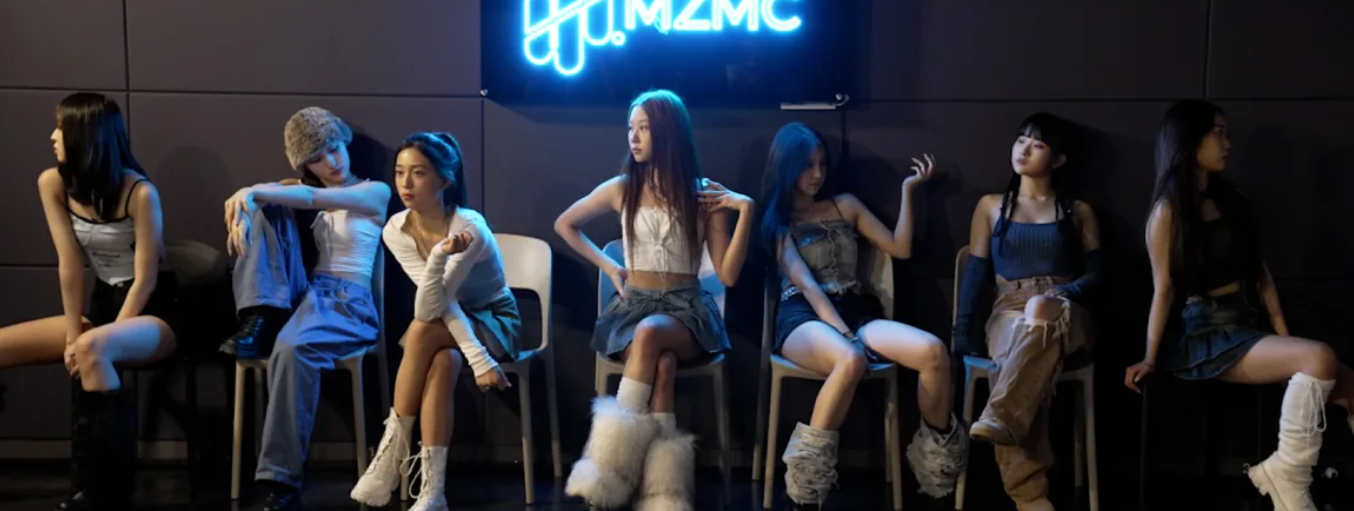







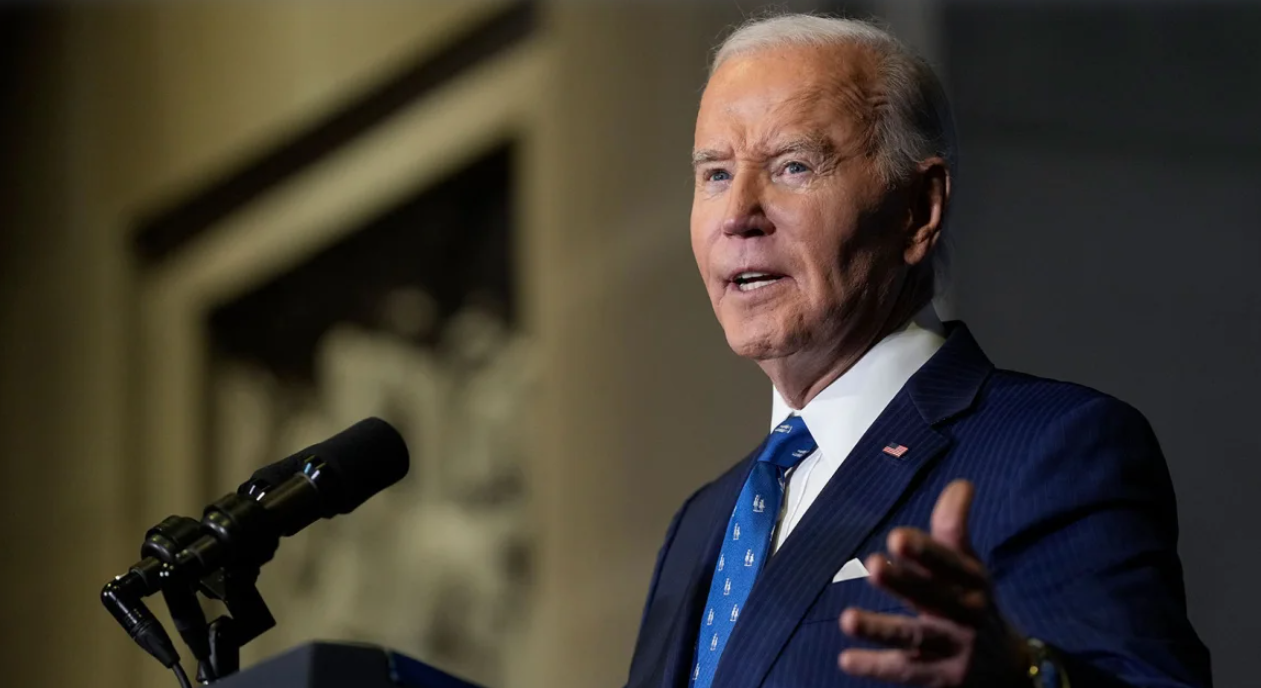


Leave a Reply